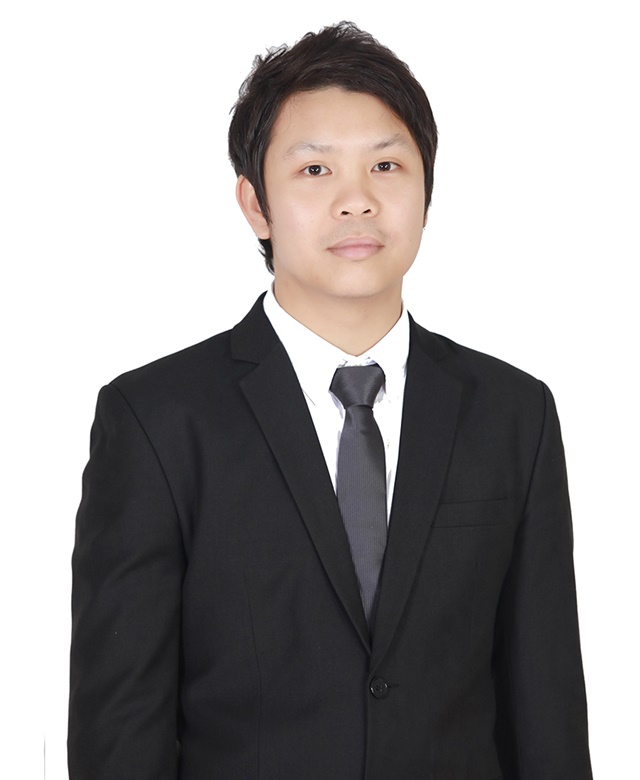THE EFFECT OF VARIATION IN THE NUMBER OF SPRAYS AND DISCHARGE ON THE TECHNOLOGY SPRAY FOR EVAPORATION
Downloads
Spray technology is an innovative salt production process technology that is able to increase seawater salinity and accelerate the salt production process. This study aims to determine the effect of variations in the amount of spray and discharge in spray technology on increasing seawater salinity. The experimental method was carried out by varying the spray and water discharge amount in spray technology according to the variables. This research has been successfully carried out to increase the salinity of synthetic seawater where to increase from the initial seawater salinity of 2.5 °Be to 24 °Be. It takes 16 hours taken in 3 days using the number of sprays as much as 5 sprays with a seawater flow rate of 0.2424 m³/hour in an evaporation pond of 15í—7 m. The use of the spray method proved effective in accelerating the rate of increase in salinity of synthetic seawater, which was tested to increase the salinity of synthetic seawater from 2.5 °Be to 12 °Be with an evaporation time in traditional methods of 15 days to only 11 hours. This can also happen because the temperature, humidity and wind speed were relatively stable when the research took place.
Afnani, F., Pratiwi, W.S.W., Effendy, M., Indriyawati, N. and Yoseva, V., 2022. Analysis of Chemical Contents in Raw Material of Rich Minerals Sea Salt. Jurnal Kimia Riset, 7(2), pp.112–117.
Apriani, M., Hadi, W. and Masduqi, A., 2018. Physicochemical properties of sea water and bittern in Indonesia: Quality improvement and potential resources utilization for marine environmental sustainability. Journal of Ecological Engineering, 19(3), pp.1–10.
Cleary Wanta, K., Vincent, V., Juma, Y., Miryanti, A., Santoso, H. and Retti B. Witono, J., 2023. Penerapan Teknologi 3D Rope Evaporator dalam Usaha Peningkatan Produksi Garam Rakyat di Desa Olio, Nusa Tenggara Timur. Journal of Approriate Technology for Community Services,4(2),pp.58–68.
Muljani, S., Sumada, K. and Pujiastuti, C., 2022. Solar Evaporation System Using Spray Pipe Method. MATEC Web of Conferences, 372, p.09003.
Muljani, S., Sumada, K. and Pujiastuti, C., 2021. Transformasi Teknologi Produksi Garam., CV Jakad Media Publishing.
Nurherdiana, S.D., Wahyudi, B., Stefanny, M.J., Karlina, A., Yogaswara, R.R., Jalil, M.J. and Fansuri, H., 2023. Characteristics of Styrofoam Waste-Based Membrane Through Vapor and Liquid-Induced Phase Inversion Process. Jurnal Kimia Riset, 8(1), pp.37–48.
Soemargono and Widodo, L.U., 2018. Method of Accelerating the Production of People'S Salt. Jurnal Teknik Kimia, 12(2), pp.69–73.
Susanto, H., Rokhati, N., and Santosa, G.W., 2015. Development of Traditional Salt Production Process for Improving Product Quantity and Quality in Jepara District, Central Java, Indonesia. Procedia Environmental Sciences, 23(Ictcred 2014), pp.175–178.
Syafii, M., Ardiansyah, R., Nawang Puspitawati, I.,2022. Peningkatan °Be Larutan Garam Melalui Teknologi Spray Dalam Rangka Meningkatkan Produksi Garam Increasing °Be Salt using Spray Technology to increase Salt Production. Journal of Chemical and Process Engineering ChemPro, 3(1), pp.1–7.
Triajie, H. and Insafitri, 2012. Efektifitas Aditif Non-Kimia Dalam Mempercepat Proses Kristalisasi Dan Meningkatkan Kualitas Produksi Garam Rakyat Di Madura. Jurnal Rekayasa, 5(2), pp.95–100.
Verbiawan, E.A., Ramadhan, M.R., Sumada, K., Muljani, S. and Pujiastuti, C., 2023. Teknologi Nozzle Spray Untuk Mempercepat Evaporasi Air Laut Dalam Produksi Garam Konvensional. Jurnal Teknik Kimia, 18(1), pp.52–57.
Copyright (c) 2024 Jurnal Kimia Riset

This work is licensed under a Creative Commons Attribution-NonCommercial-ShareAlike 4.0 International License.
COPYRIGHT NOTICE
1. By submitting the article to Jurnal Kimia Riset (JKR), the author has agreed to transfer some of the copyrights to the publisher of the research chemistry journal, Universitas Airlangga, indicated in the Copyright Transfer Agreement.
2. Authors still retain significant rights to use and share their own published articles for non-commercial purposes subject to Creative Commons Attribution-NonComercial 4.0 International License
3. All publications (printed/electronic) are open access for educational purposes, research, library, and other non-commercial purposes. Besides the purposes mentioned above, the editorial board is not responsible for copyright violations.














